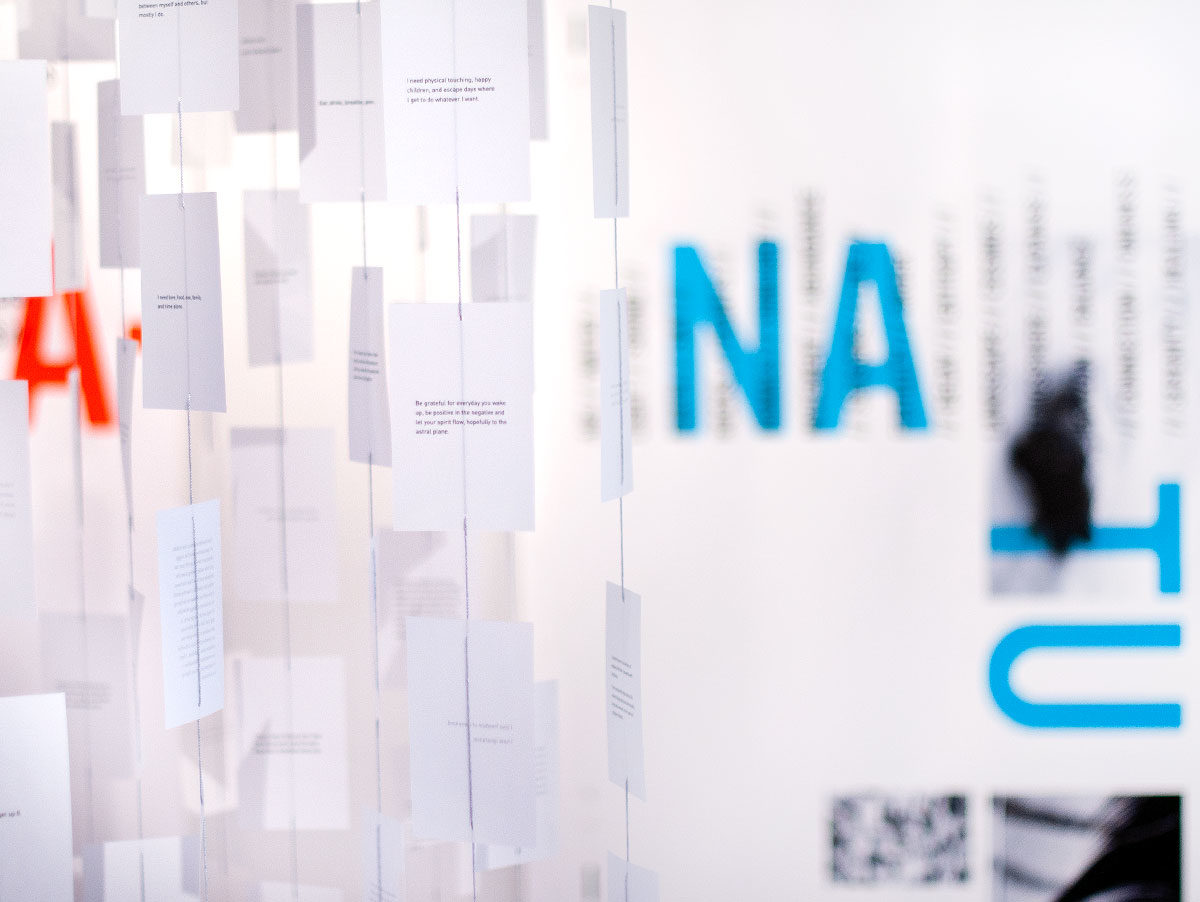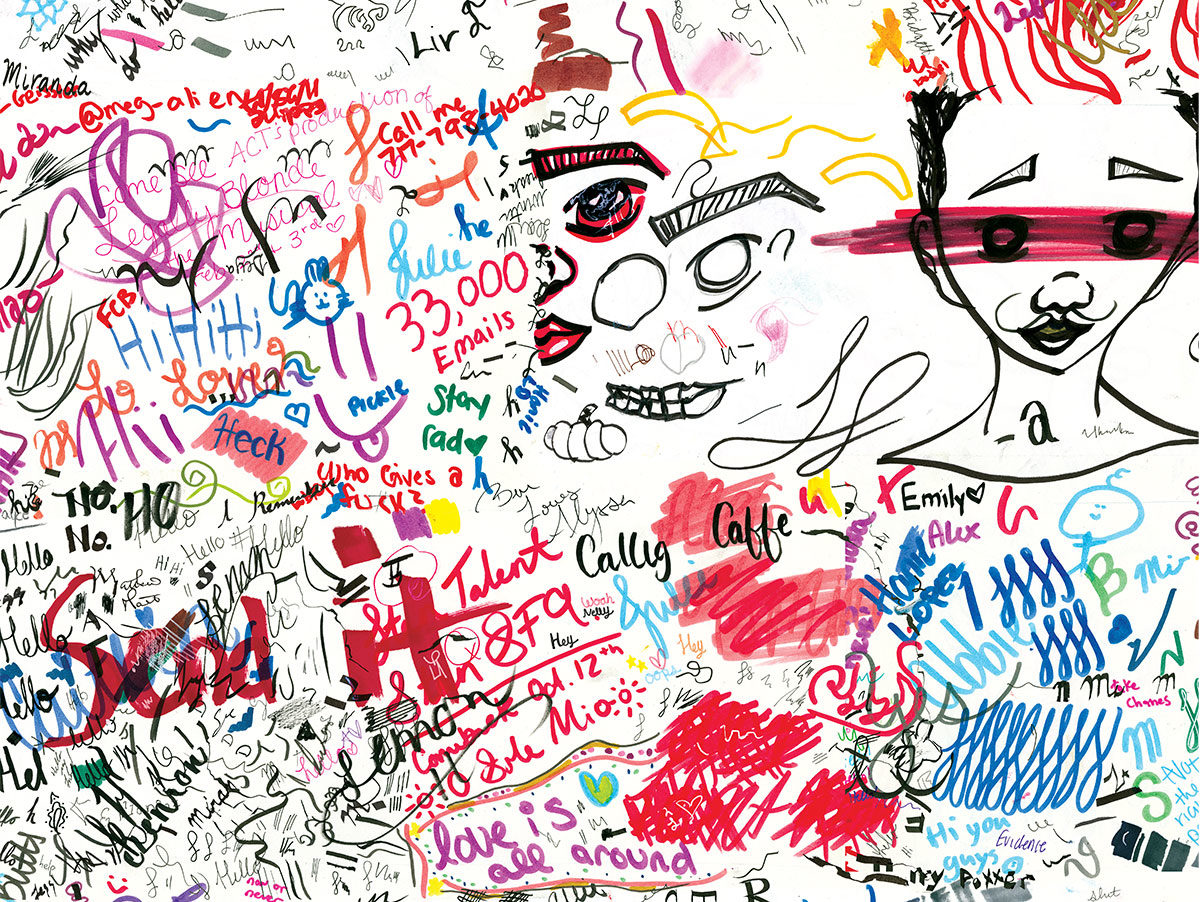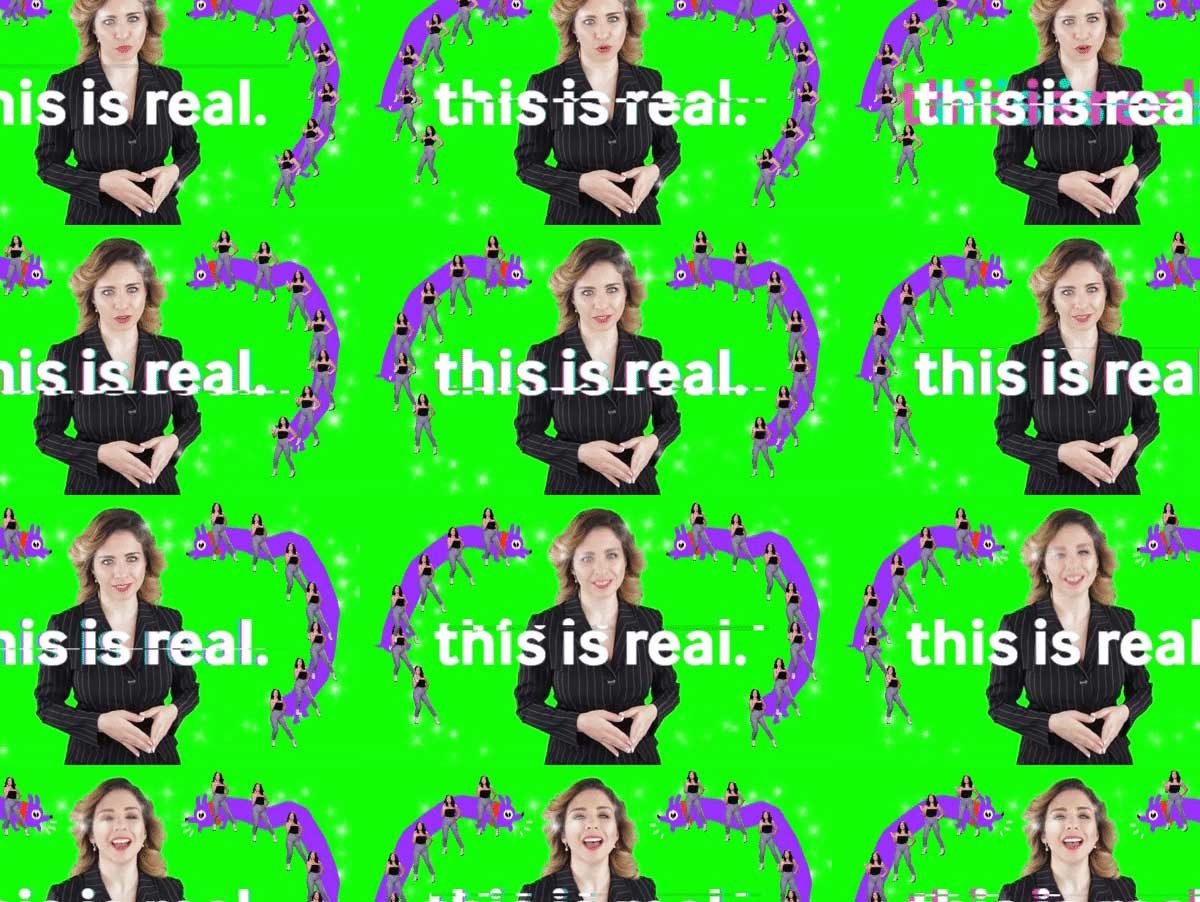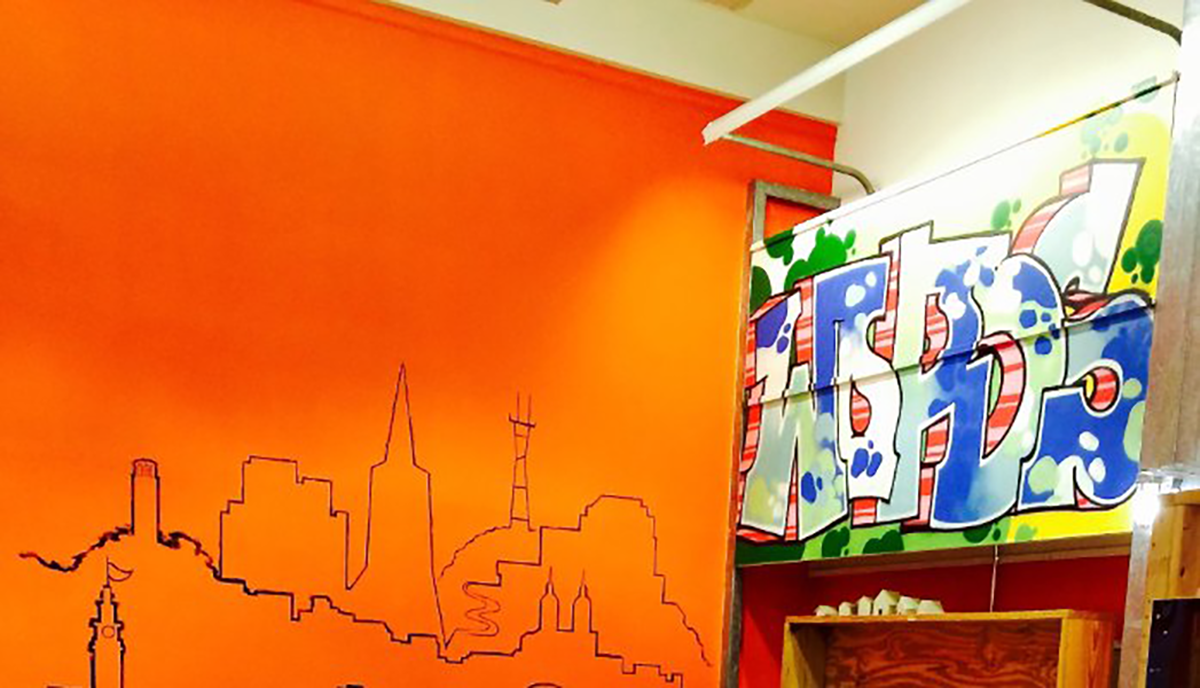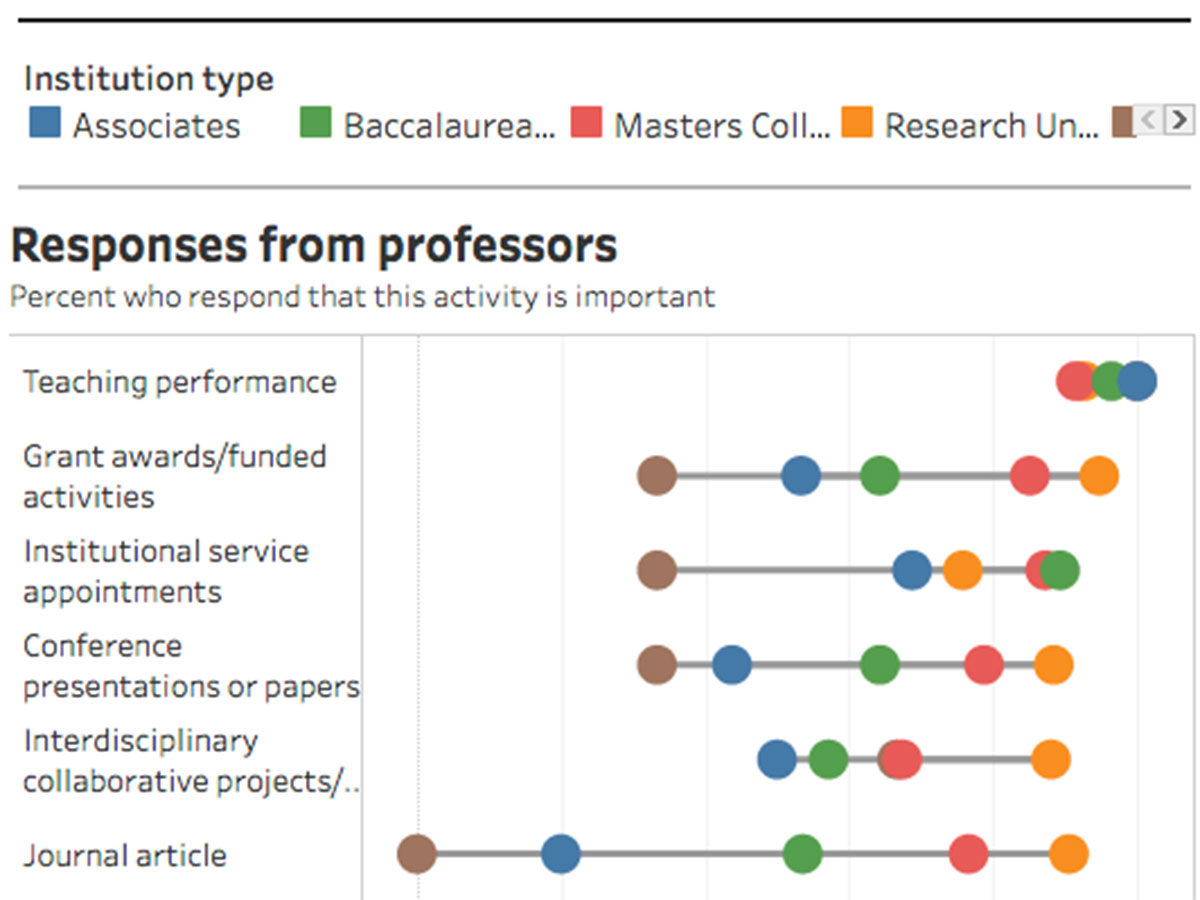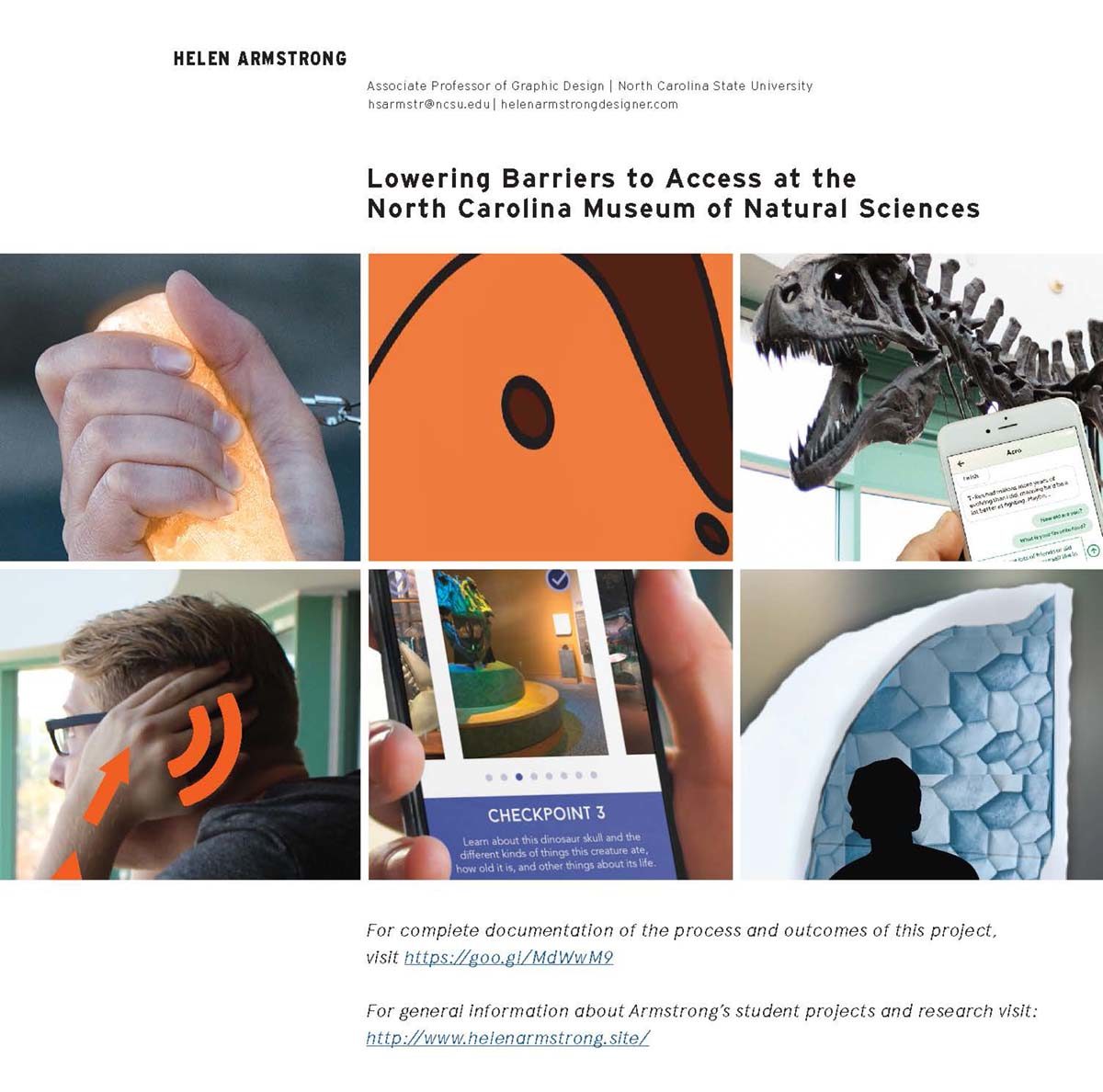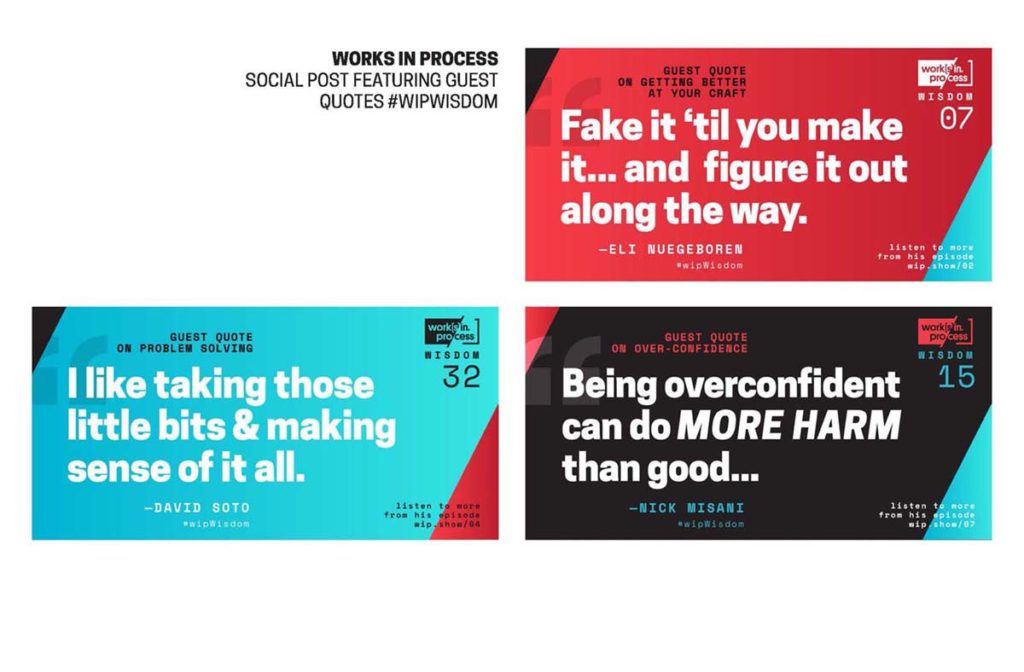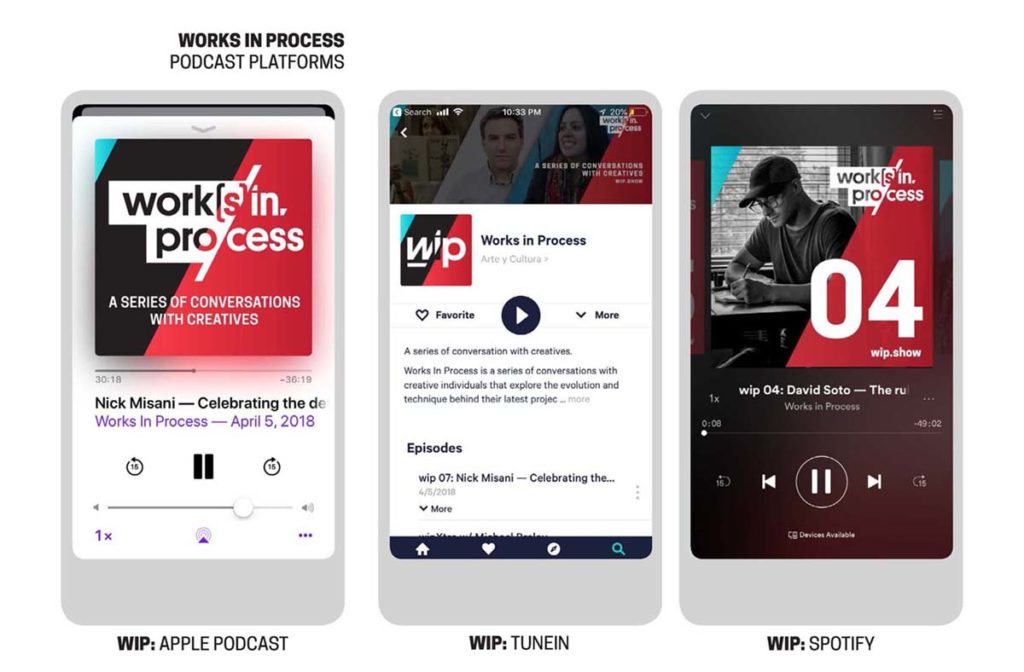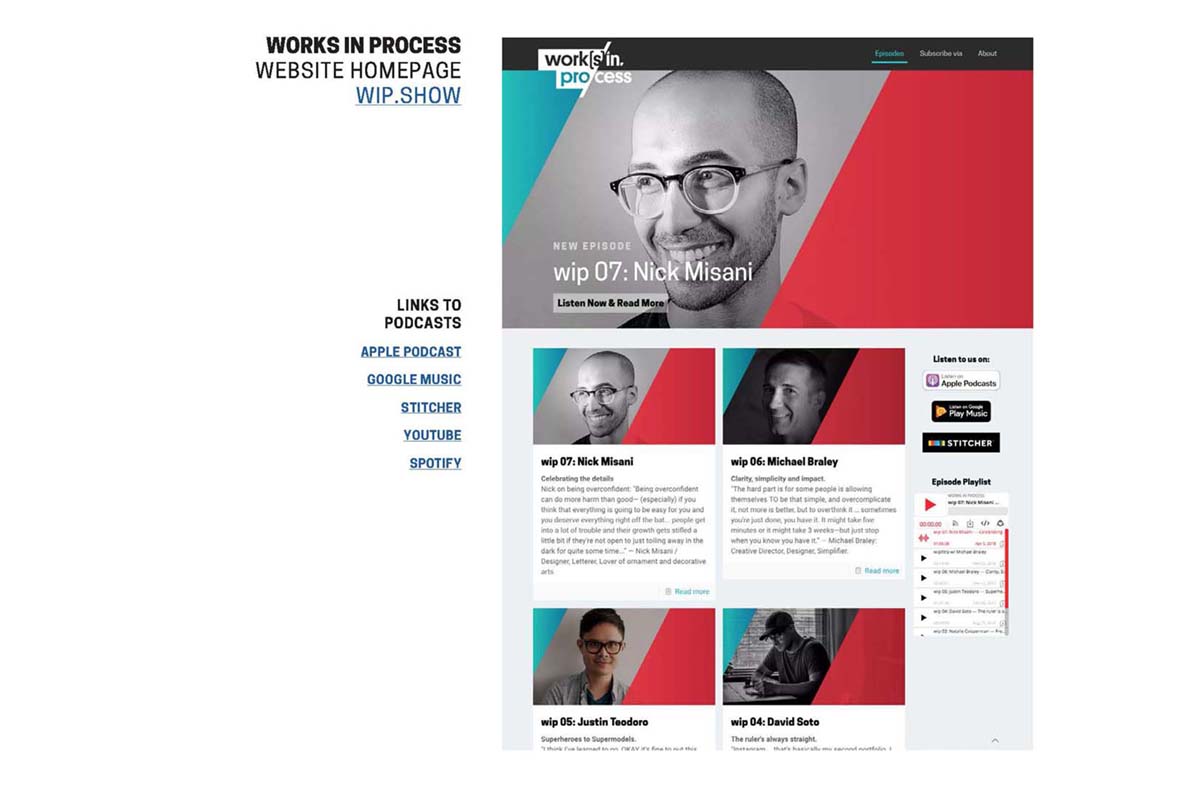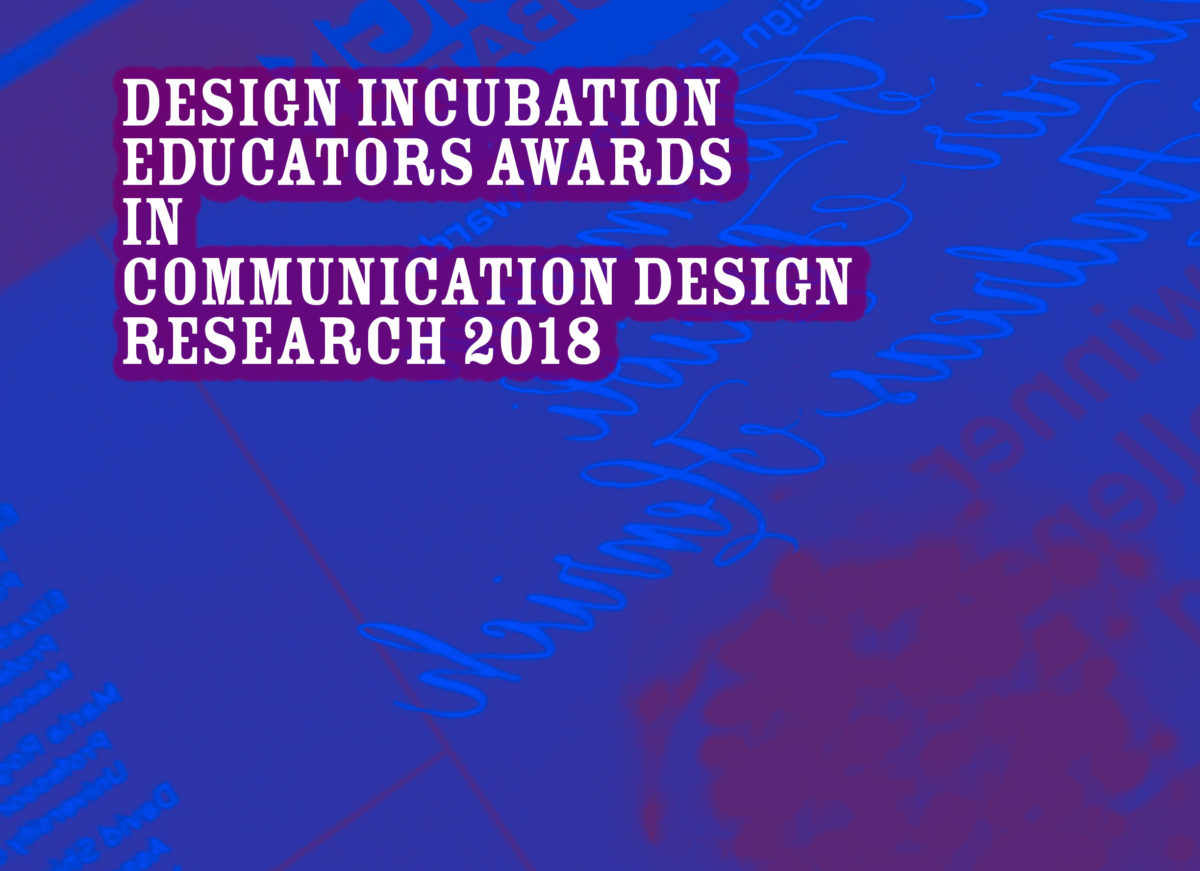Scholarship: Creative Work Award Runner Up
Susan Verba
Professor
University of California, Davis
At the UC Davis Center for Design in the Public Interest (DiPi), a multidisciplinary team of design practitioners, writers, researchers, educators, and students work closely with community partners to make ordinary experiences better.
Established with a mission to directly impact social problems and seed funding awarded by the UC Davis Office of Research (via the Interdisciplinary Frontiers in the Humanities and Arts competition), DiPi focuses on projects related to public health, safety, and civic engagement. Explorations derive from the core question: What does democratic design look like? Activities result in the redesign of everyday things and the creation of new tools and methods. Outcomes—including design prototypes and best practices—are disseminated as open-source models for others to build on.
Faculty affiliated with DiPi contribute expertise in writing and rhetoric; communication; computer science; medicine; anthropology; and gender, sexuality, and women’s studies. Student assistants and researchers have diverse backgrounds—in design, art, biotechnology, cognitive science, community development, computer science, digital media, pharmaceutical chemistry, sustainable agriculture and food systems, technical communication, and more. The team’s transdisciplinary collaborations offer exciting opportunities to explore new ways of working and lead to innovative ways of approaching design education.
Susan Verba, Professor of Design, is the Center’s director. Since DiPi’s launch in 2014 she has initiated grant proposals and spearheaded outreach efforts that have supported more than a dozen public interest projects. In addition to leading the projects, Verba’s activities include training and mentoring graduate and undergraduate students, establishing collaborative partnerships, and connecting research to teaching and curriculum development.
A major focus of Verba’s work at DiPi involves The Pain Project, a cooperative venture with UC Davis Health and Hill Country Health and Wellness Center (a Federally Qualified Health Center serving low-income patients in rural Shasta County, California). The goal is to engage patient and provider communities in the design of tools to help evaluate and better manage chronic pain. Although millions of Americans suffer from chronic pain, clinicians lack adequate informational resources for engaging patients in their own care, and patients lack effective ways to track and communicate their pain or to fully understand treatment options and risks such as opioid addiction. The Pain Project is supported in part by a Sappi Ideas that Matter grant.
A related project, Outpatient Radio, aims to combat the stigma and isolation of chronic pain, improve understanding of the many issues surrounding chronic pain, and spark new conversations in California’s North State community through grassroots radio programming. Although experts often dominate medical discussions, Outpatient Radio seeks to redraw the boundaries of expertise to include individuals whose personal experience and regional knowledge are often overlooked. By collecting and sharing stories in-person, on-air, and online, we are exploring how narratives connect, inform, and support communities through listening and conversation. The hour-long show aired on community stations KKRN 88.5 FM in Round Mountain (Shasta County) and KDVS 90.3 FM in Davis, California, and is online at https://youtu.be/MBrvnTVYeeM. Outpatient Radio was honored with a San Francisco Design Week award for “the unexpected and experimental products that can’t be put into a category” and recognized with an Honorable Mention in the 2018 SEED + Pacific Rim Awards for excellence in public interest design.
Online at http://dipi.design.
Susan Verba is a professor in the Department of Design and director of the Center for Design in the Public Interest at the University of California, Davis. Her work focuses on information design that directly benefits the public, exploring issues of health, safety, community participation, and access. She is also principal and cofounder of Studio/lab, where she leads research-based projects and advocates for the value of design in corporate, nonprofit, and government communications. She earned an MFA in graphic design from Yale University and a BS in mechanical engineering from Stanford University, and studied at the Politecnico di Milano in Italy as a Fulbright scholar.
Recipient of recognition in the Design Incubation Communication Design Awards 2018.
Like this:
Like Loading...
